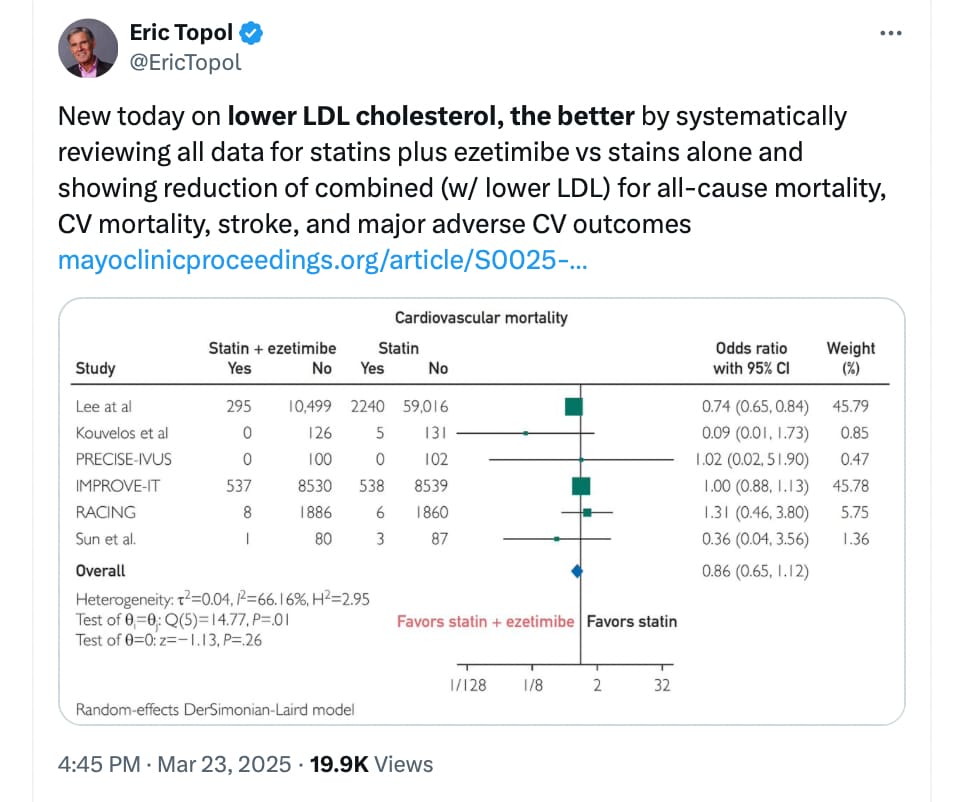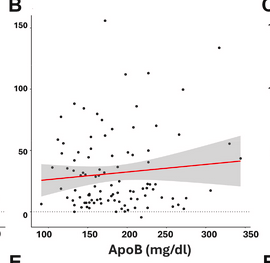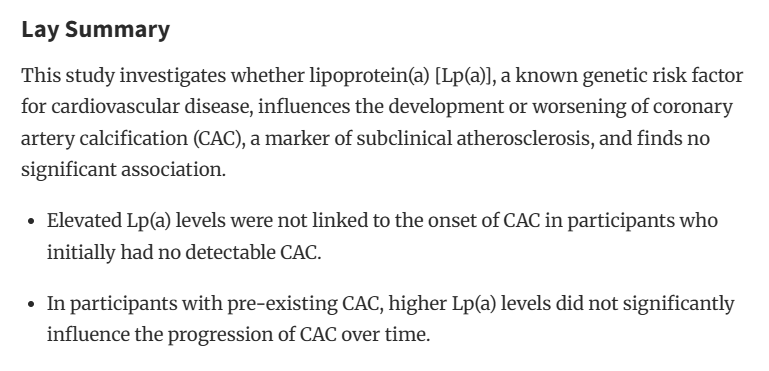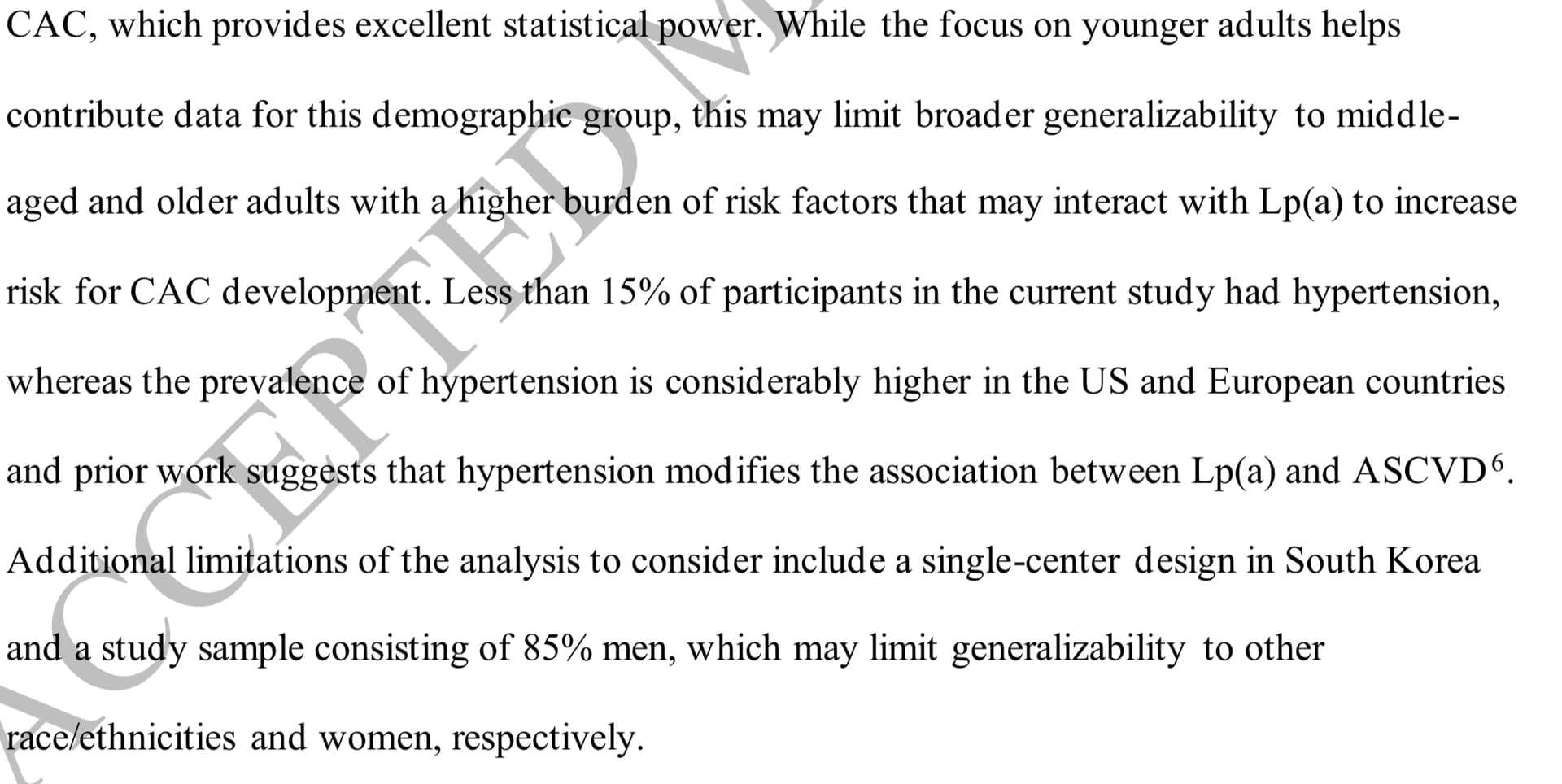The study itself is “fine”, but this is a pretty dumb interpretation of it IMO. It’s nowhere near game-changing, and it certainly doesn’t undermine the Apo-B/plaque hypothesis in any way.
It is absolutely a fact that LDL-C/Apo-B contribute towards plaque. However, that doesn’t guarantee that plaque will form or grow linearly every time they are present. Many factors go into whether plaque is formed or regressed or stabilised, including the amount of arterial stress (blood pressure, nitric oxide, smoking etc), how efficient you are at clearing accumulated lipids, the immune response to the plaque, the amount of smooth muscle cell proliferation etc etc. We know the ketogenic diet is “weird” and tends to produce blood tests results far outside of the normal range, and it’s possible that it affects some of those processes in a way which offsets the higher ApoB.
As for the study itself, as the post above says, it’s a small number of people, who are obviously health conscious enough to stick to a keto diet, so it’s a very atypical population. And the followup is only one year, which isn’t long enough to really detect much plaque growth. We can also see in the table that the average participant already has a positive CAC score, thus they already have advanced atherosclerosis, and it’s no surprise that people with higher baselines tend to get worse. If you understand the basic mechanisms of ASCVD, there is absolutely nothing unusual about that, because we know that arterial injury begets more accumulation, which causes more injury, which causes more accumulation…
The discussion section does a nice, honest job of summarising the study. We should all stay away from Youtube videos and social media:
While both LDL-C and ApoB are independent risk factors for atherosclerosis, the absolute risk associated with elevated LDL-C and ApoB is context-dependent, including the etiology of the elevations in these biomarkers as well as interactions with other risk markers
This is well-known in the field for decades. There are kids with familiar hypercholesterolemia who get myocardial infarctions in their teens. And there are people who managed to smoke, drink and have sky-high ApoB their entire lives and never have an MI. A risk factor is just that, and nothing is guaranteed.
Thus, these data are consistent with the observation that high LDL-C and ApoB among a metabolically healthy population have different cardiovascular risk implications than high LDL-C among those with metabolic dysfunction, who constitute a majority proportion of the population
Exactly as I said above.







